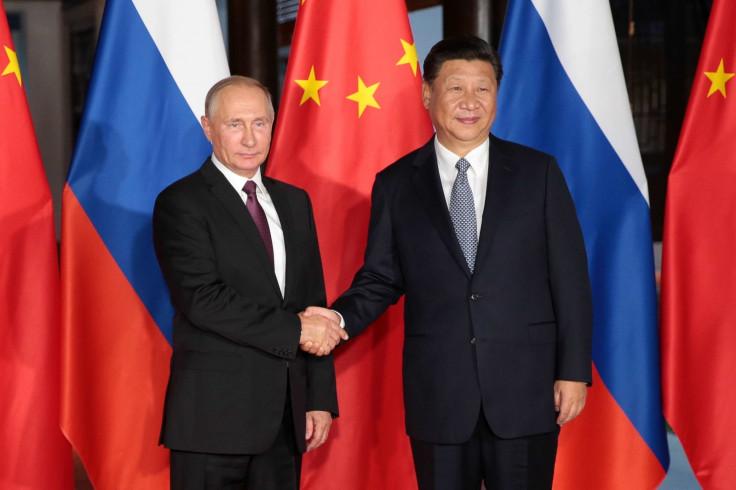Star Wars: China and Russia are developing space weapons warn US intelligence
Joint agency report warns that China and Russia are working on anti-satellite weaponry.
A report by the US intelligence agencies has warned that China and Russia are developing space weapons to be used against satellites in future conflicts.
The report, which took input from the FBI, CIA and National Security Agency, says the two nations are developing "anti-satellite weapons as a means to reduce US and allied military effectiveness".
Satellite technology - vital for communications and intelligence gathering - has become a crucial part of any advanced modern military. In response, so-called counterspace technology has developed as an area of its own.
The US led the way in military satellites technology, using them to develop the now-ubiquitous GPS by 1993. Satellites allow several countries to maintain anti-ballistic missile early warning networks.
"We assess that, if a conflict were to occur involving Russia or China, either country would justify attacks against US and allied satellites as necessary to offset any perceived military advantage derived from military, civil, or commercial space systems," the intelligence report said.
The report continued, "Of particular concern, Russia and China continue to launch 'experimental' satellites that conduct sophisticated on-orbit activities, at least some of which are intended to advance counterspace capabilities."

Although international treaties have banned the deployment of satellite-based weapons, there are no treaties prohibiting ground-launched anti-satellite technology.
Both the USA and Russia developed anti-satellite missiles in the Cold War. Russia did not end its programme with the fall of the Soviet Union, while China has pursued its own projects, destroying one of its own low-orbit satellites in a successful test in 2007.
Anti-satellite weapons could take the form of missiles, lasers, electronic jammers, cyber attacks or even maneuverable satellites that can grab and destroy others.
Low-orbit satellites - those operating at less than 2,000km - are all highly vulnerable to Chinese, Russian or American countermeasures. The National Institute for Public Policy has said that as of 2016, there were 780 satellites in low orbit operated by 43 nations.
Such satellites cover a wide variety of military, communications and weather monitoring uses.
The most vital military and intelligence satellites tend to travel in highly elliptical orbits, allowing them to remain at higher altitudes for longer periods of time. However, at points they pass the Earth at low altitude, meaning they too are vulnerable.
"Russia and China continue to publicly and diplomatically promote international agreements on the non-weaponisation of space and 'no first placement' of weapons in space," the report claims.
"However, many classes of weapons would not be addressed by such proposals, allowing them to continue their pursuit of space warfare capabilities while publicly maintaining that space must be a peaceful domain."






















